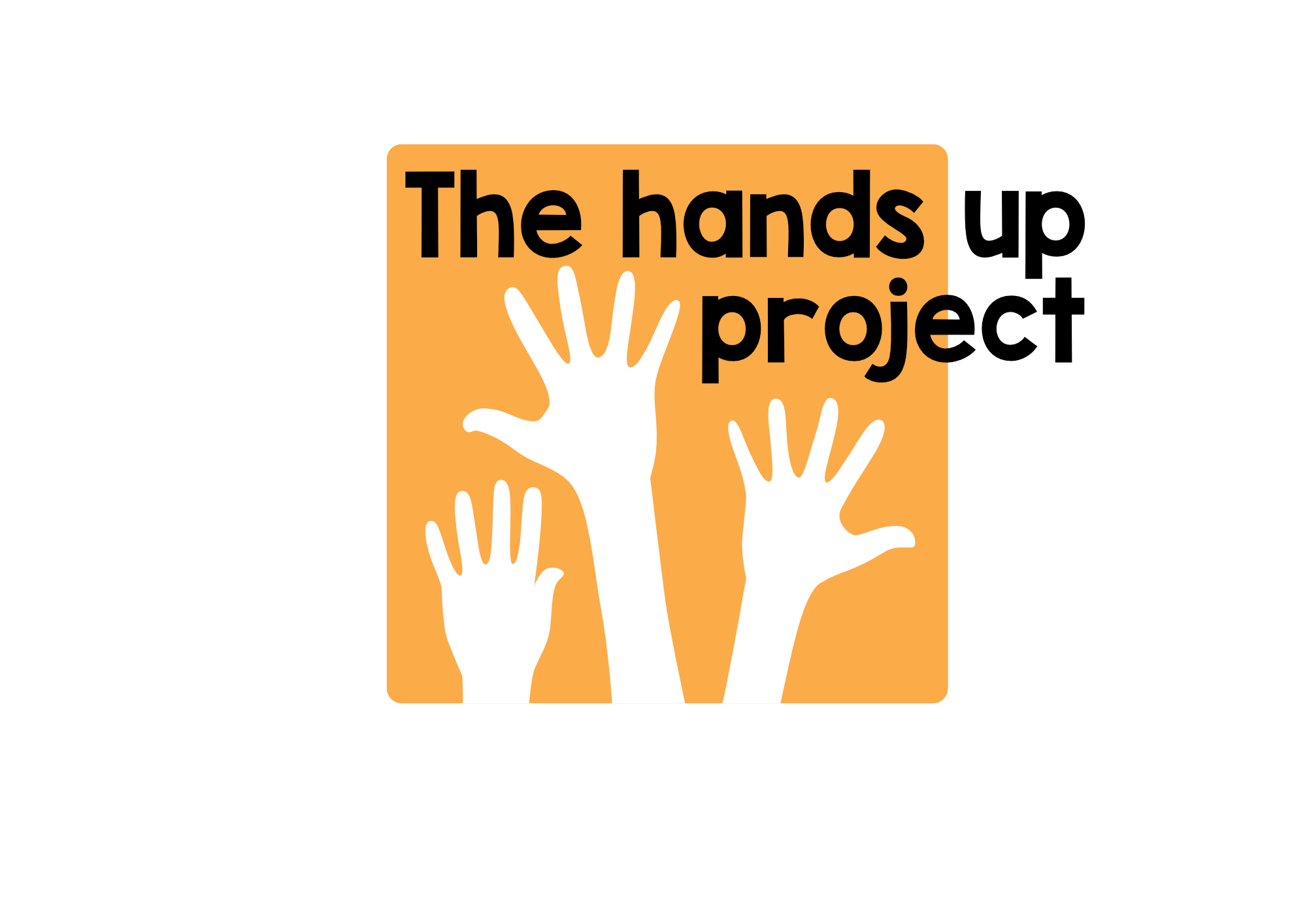Learner Voices in Teacher Development Sessions
scott with learners
I've learnt lots of things about education from working with teachers and students in Gaza. Like other areas of the world which are discriminated against, oppressed, and neglected, people in Gaza generally value education very highly. This is perhaps partly because studying hard is seen as a possible way out of the mess that the rest of the world has inflicted on the people of Gaza, and partly because, with nowhere to go, mass unemployment and not much to do in terms of leisure activities, studying is often the only thing that you can do to keep yourself active.Although, I've worked with teachers and students from Gaza for about 7 years now, the first time I ever went there in person was only in April 2017.
This was to speak at an UNRWA, British Council conference, together with Hands Up Project trustee, Scott Thornbury. I learnt an important thing on that day about organising teacher development sessions and it's stayed with me ever since. Scott was due to do a workshop called 'My ten favourite speaking activities' and mine was called 'My ten favourite writing activities'. Both sessions were very practical in nature and we'd planned to demonstrate the activities with the participation of the teachers who were there - which I guess is a standard way of working in TD sessions. However, when we got there we found out that as well as around 200 English teachers, there were also about 40 eleven to fourteen year old learners of English in the room. We spontaneously decided that we'd get the learners to do the activities instead of the teachers wherever possible, and have the teachers observe.
I think this worked really well for a number of reasons. When teachers take part in activities which are designed for lower level language learners, they either have to pretend that they are lower level language learners themselves, or (more commonly in my experience) they do the activity as themselves, using all the language that they have available to them as fluent, or near fluent users of English. Neither of these situations is ideal in my opinion. If as trainers we're demonstrating activities because they have the potential to promote language learning it's far better that real learners of English do the activities so that this learning may actually happen. This also frees up the teachers to be able to observe the activity taking place and to reflect on its potential benefits. In next week's post I'm going to share my experience conducting a remote theatre training course in Gaza in which there were 15 young learners of English and 10 teachers of English working together in the same room. Before I do that, I'd be really interested in hearing your thoughts about this.If you're a teacher trainer have you ever worked in this way or would you ever consider doing so? Is it feasible to do this in your training context? What other ways may there be of bringing the voice of the learners into a teacher development session? If you're a teacher would you like to participate in a training session that included real learners or the voice of the learners more? Comments below please...

